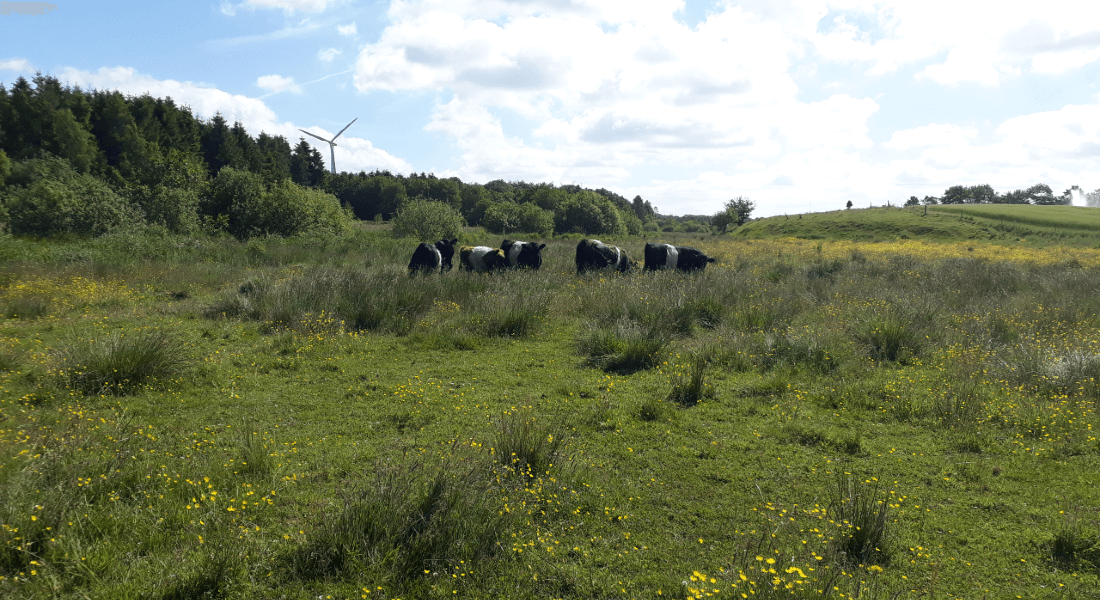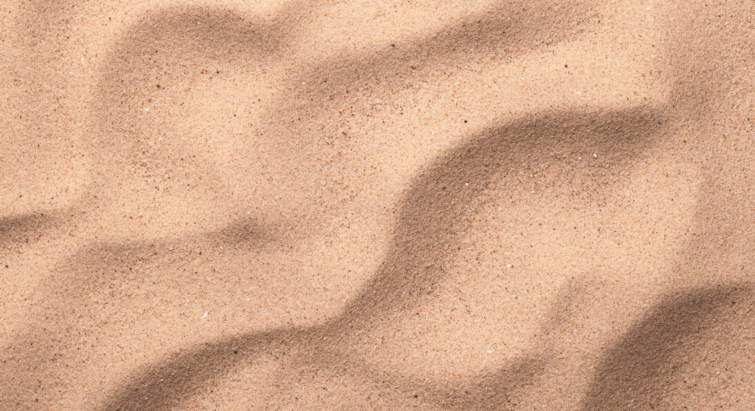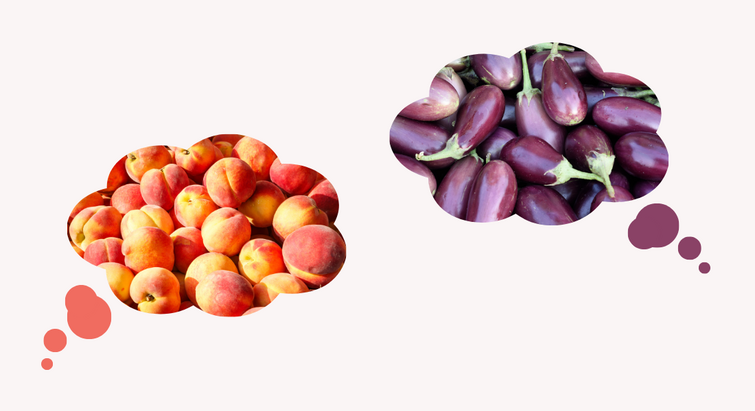
Danish research institutions join the leading European network of cultural heritage
Led by researchers from the University of Copenhagen, Danish research institutions and museums now join the European Research Infrastructure for Heritage Science (E-RIHS). This will increase European collaboration in Denmark within the field of study of our cultural and natural heritage.

The study of our cultural and natural heritage has seen quantum leaps in the last years because of new technologies and methods. However, international collaboration between heritage scientists is needed in order to heighten the quality of the research and maximize the output of the research facilities.
Therefore, the European Research Infrastructure for Heritage Science (E-RIHS) was launched in 2016 in order to create cohesive collaboration between scientists and the museum and conservation industry across Europe.
Until now, Denmark has not been part of the European infrastructure. However, a new Danish node of E-RIHS will now be established in order for Denmark to join the infrastructure.
‘We are very excited that our Danish institutions will now become a part of E-RIHS. It is a great opportunity to spark greater collaboration with our European research colleagues as well as to recruit excellent researchers within heritage science to Denmark’, says Matthew Collins, Professor at the GLOBE Institute within the University of Copenhagen.
Rewriting history
So far, a long list of institutions within academia, education, conservation and exhibition in Denmark are involved. To Matthew Collins, this strong foundation is necessary.
‘In Denmark we already have a very integrated heritage science environment with strong ties between museums, researchers and other institutions. However, this new move enables us to form closer collaborations with our European counterparts. They will get access to our highly advanced facilities and we will get access to theirs’, he says.
In Copenhagen, there has been major advances within heritage science due to state of the art novel scientific methods for the analysis of ancient and modern materials. For instance, pioneering research within genomics and paleoproteomics has rewritten the history of Denmark as well as our human family tree.
Access to particle accelerators and synchrotrons
Over the next five years E-RIHS.dk intends to build upon the collaboration between museums, conservators, archaeologists and research scientists, bringing relevant and excellent innovations to the study and conservation of Danish cultural heritage.
The E-RIHS infrastructure has four main platform services and the Danish laboratories and research platforms will be built into the E-RIHS network:
- ARCHLAB (archives): Access to specialized knowledge and organized scientific information – including technical images, analytical data and conservation documentation.
- DIGILAB (virtual facilities): Virtual access to scientific data concerning tangible heritage, making them FAIR (Findable-Accessible-Interoperable-Reusable).
- FIXLAB (fixed facilities): Access to large‐scale and medium-scale facilities (particle accelerators and synchrotrons, neutron sources; non-transportable analytical instruments) offering a unique expertise to users in the heritage field, for sophisticated scientific investigations on samples or whole objects.
- MOLAB (mobile facilities): Access to an impressive array of advanced mobile analytical instrumentation for non‐invasive measurements on valuable or immovable objects, archaeological sites and historical monuments.
So far the following institutions are involved in the future E-RIHS.dk:
- The GLOBE Institute, University of Copenhagen
- Centre of Textile Research, The Saxo Institute, University of Copenhagen
- Geological Survey of Denmark and Greenland (GEUS)
- Institute of Conservation, The Royal Danish Academy


